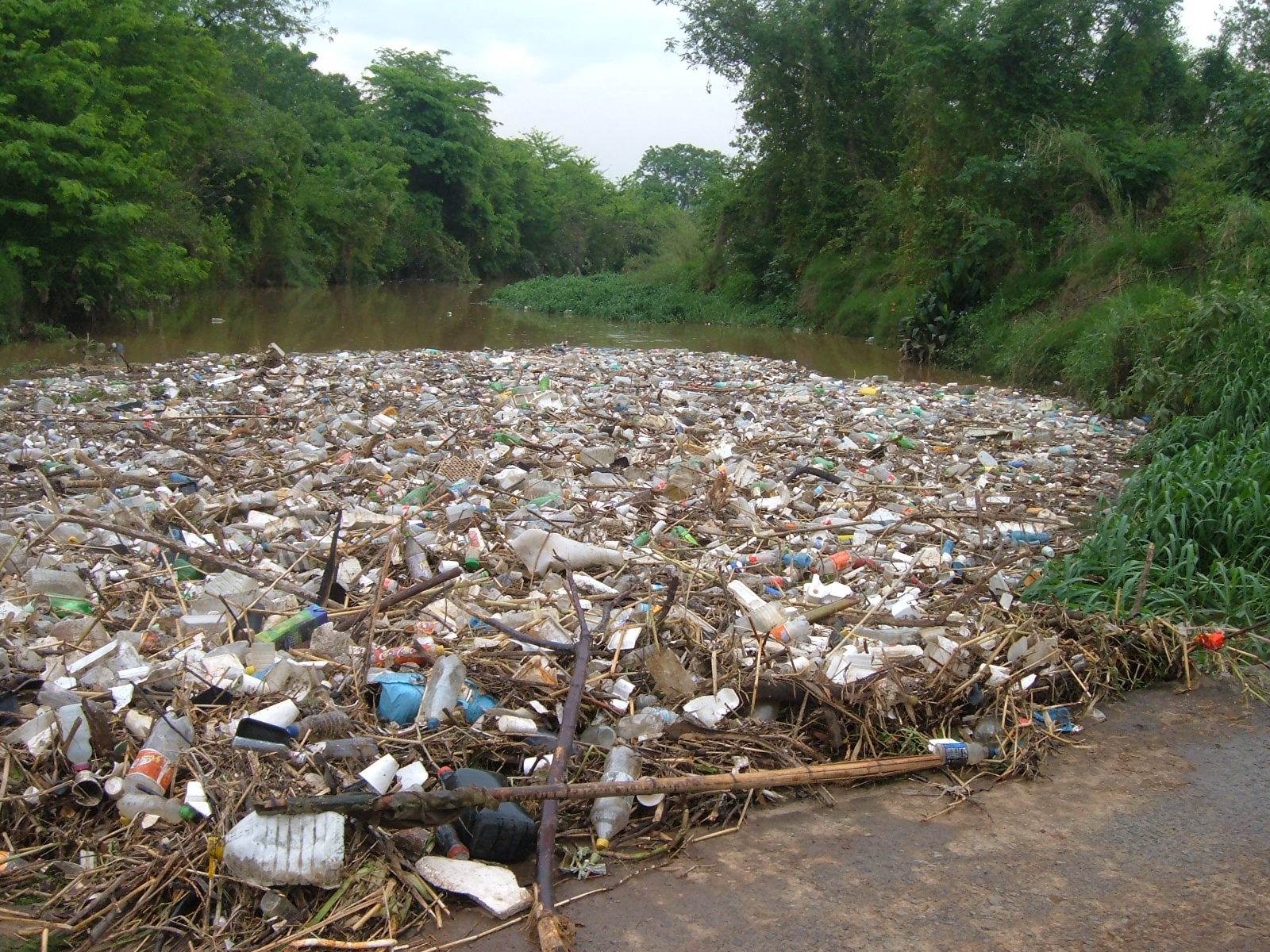
We live in a world where we are bombarded with information. Some information is obvious – we don’t need to be told that our city is dirty; we can see it. We don’t need to be told our rubbish dump is alight; we can smell it.
But there are many instances where things cannot be felt, touched, heard, smelt or seen; where we have to rely on other sources of information to ensure our safety and well-being. This is particularly the case with water. We cannot, for example, work out how full the dams in the catchment are so we can turn on our home irrigation systems without a nagging guilt.
Three suppliers of this invaluable information are Umgeni Water, DUCT and the Msunduzi Municipality, and long may they continue to do so. Alongside the data, the commentary supplied by Umgeni Water is informative, depressing and enlightening all at the same time.
But the information that is accessible to the general public – media releases, primarily from Umgeni Water, and the uMngeni Water website – is perpetuating an incomplete narrative. We are only being told a small part of the story.
The absolute focus of the information we receive is on how much water there is in our dams, but water does not originate in a dam. It is like measuring a crop based on what is in the storage shed and pack-house, and completely ignoring what is still in the field. We are not told what water is sitting in our soil, wetlands and river systems. We are also not told how the water that comes from these systems is being used and abused.
This is followed up with the assertion that the water shortages and low dam levels are a function of the protracted drought. Yes, the drought is a contributor but we are not told that, arguably, the bigger issue is that 30% of the water supplied to Durban is leaking or stolen from the system – and it is the best performer!
We are being fed a completely inadequate storyline about water supply and demand – the issue is much less about quantity and much more about quality. It is poor water quality that is the crisis that has emerged.
The Department of Water and Sanitation, Umgeni Water, the municipalities, the scientists, the general public – everyone except a few sceptics agree that we have a crisis. But nowhere can the general public find out about this so that they can make decisions on using the river system and its water.
Only if you are on the ‘inside’ are you fed gems like this one: Due to elevated algal counts (> 100 000 per ml of blue-green algae), there is a significant contact recreational risk at the upper-dam to mid-dam reaches of the Inanda dam. Recreational users are thus advised to avoid contact with algal scums as far as possible, as this may result in skin irritations and potential gastrointestinal illnesses.
If you are a resident at Inanda Dam, how are you supposed to know that you and your family should not be swimming in the dam? Or, if you are a paddler, is today an especially bad day or only a normally bad day to be training on the Drift? Or, if you are a farmer downstream of Pietermaritzburg should you or shouldn’t you be irrigating with the gunk that passes for water from the Msunduzi?
Access to water is a constitutional right and so, by extension, is access to information about water. We cannot exercise our rights of access to water responsibly if we don’t have the information, and we should not be hiding information.
My plea to the authorities and service providers is: please share the information you have with civil society so that we can learn, so that we can contribute to discussions and decision making, and so that we are able to make our own decisions about how we conserve and use this most precious of resources.
Duncan Hay is an Associate Research Fellow at UKZN and the Executive Director of the Institute of Natural Resources. A version of this article first appeared in the Witness newspaper
